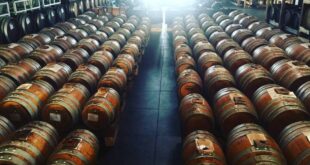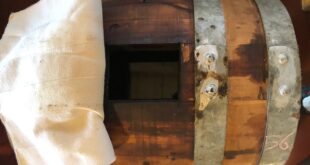Balsamic Vinegars Glossary A to C. To understand how the production of Balsamic Vinegar of Modena takes place, we want to list a small glossary concerning the terms, tools, objects and terminologies commonly used in the Acetaie from Modena.
If you are interested in how to make Traditional Balsamic Vinegar of Modena and want more information, you are in the right place.
In our blog, you will discover the peculiar characteristics that make this product unique food excellence in the world.
In previous articles, we have talked about the terms and adjectives used for the sensorial analysis of Traditional Balsamic Vinegar of Modena.
The article of today concerns the description of the term used in the world of Balsamic.
https://usebalsamicvinegar.com/making-balsamic-olfactory-aspects/ OLFACTORY aspects.
https://usebalsamicvinegar.com/balsamic-vinegar-alternatives-dont-exist/ TASTE aspects.
Balsamic Vinegar Glossary A to C
Acaro (mite) of Balsamic
Microscopic insect of the Arachnid family. It proliferates and develops in dirty, dark and low-temperature environments. It lives on the surface of the liquid and tends to settle in the “Madre” of the Vinegar.
Acetaia
Room suitable for hosting the jars that make up the battery for the production of Balsamic. Always identified in the attic of the house, it is a space free of humidity and subject to daily and seasonal temperature changes.
Acetamide
A chemical substance with an unpleasant smell that is formed with the dehydration of the product due to some mould. In case of its appearance, it is necessary to empty the jar and sterilize it by bringing it to a temperature of 70 degrees for 15 minutes.
Aceto (vinegar)
A term commonly used to identify Wine Vinegar. This product must not be used for the production of Traditional Balsamic.
Aceto bacteria
Single-celled microorganisms that are visible only with the use of a microscope. They are capable of fixing oxygen in quantities equal to 500 times their weight. They are responsible for the transformation (oxidation) from Ethyl Alcohol into Acetic Acid.
Acetic Acid
Primary product derived from the oxidation of ethyl alcohol by Aceto bacteria. It is an activity strongly influenced by the ambient temperature which is optimal around 25-30 degrees.
Alcol Etilico (Ethyl Alcohol)
It is derived from the transformation of sugar. It is an intermediate product in the transformation of cooked must. The alcoholic fermentation in the Balsamic takes place simultaneously with the acetic bio-oxidation. The combination of it with some acids gives rise to Esteri co-responsible for the formation of perfumes.
Acetic Aldehyde
It a product derived from the oxidation of alcohol during fermentation. When tasted, it presents itself with a very pungent smell that can sometimes be confused with Acetic Acid.
Alzavino
It is used for withdrawing product from barrels, it is a glass tube with a constriction and a small hole necessary to removing Balsamic Vinegar from the barrel. It is called in the Modenese dialect “saz” (“essay” derived from “for tasting”) and have an oenological derivation.
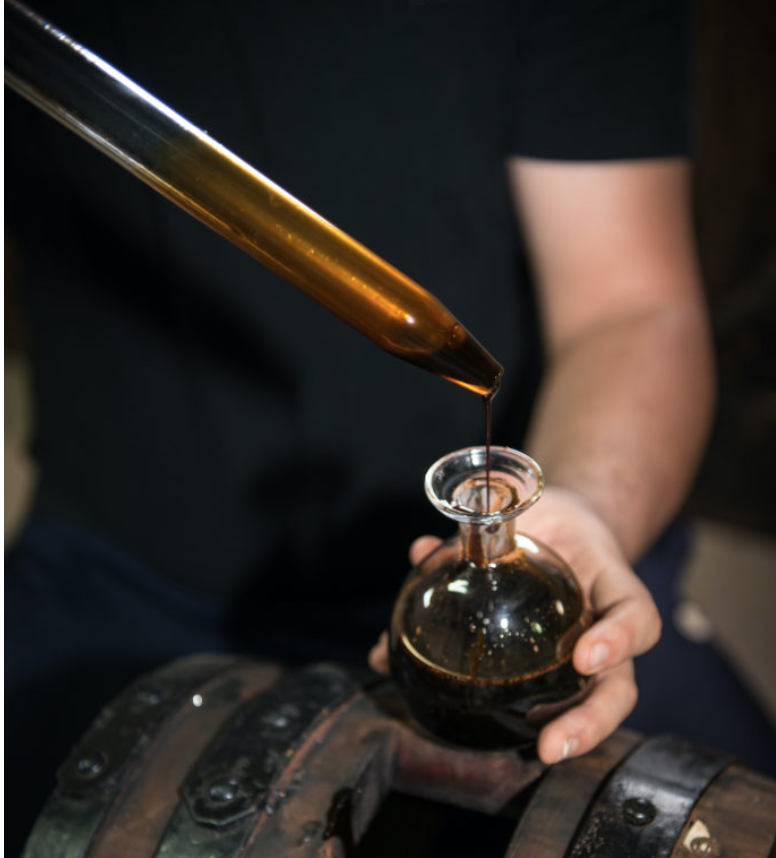
Analisi Gustativa/Sensoriale (gustatory or sensorial analysis)
Traditional Balsamic assessment method carried out through the use of human senses: visual, olfactory and gustatory. We have described it in our previous articles. https://usebalsamicvinegar.com/is-balsamic-vinegar-gluten-free/
Anguilla (eel)
A very small worm that is visible with a magnifying glass. It develops in acidic solutions, must and wines with low alcohol content. They are often brought to the Acetaia from midges or poor quality wine vinegar and they alter the product until it becomes unusable if not eradicated in time. They are little heat resistant, they die when the product is heated to 50 or 55 degrees.
Areometro (hydrometer)
It is an instrument used to determine the density of liquids.
Barrel or Vasello
A wooden barrel with a round-bottomed and with different capacities.
Battery
Series of barrels of different sizes and different woods. They are created for the production of Traditional Balsamic Vinegar. The number of barrels is variable but it is not appropriate to have less than five of them. Their capacity varies from 10 litres to 80 litres.
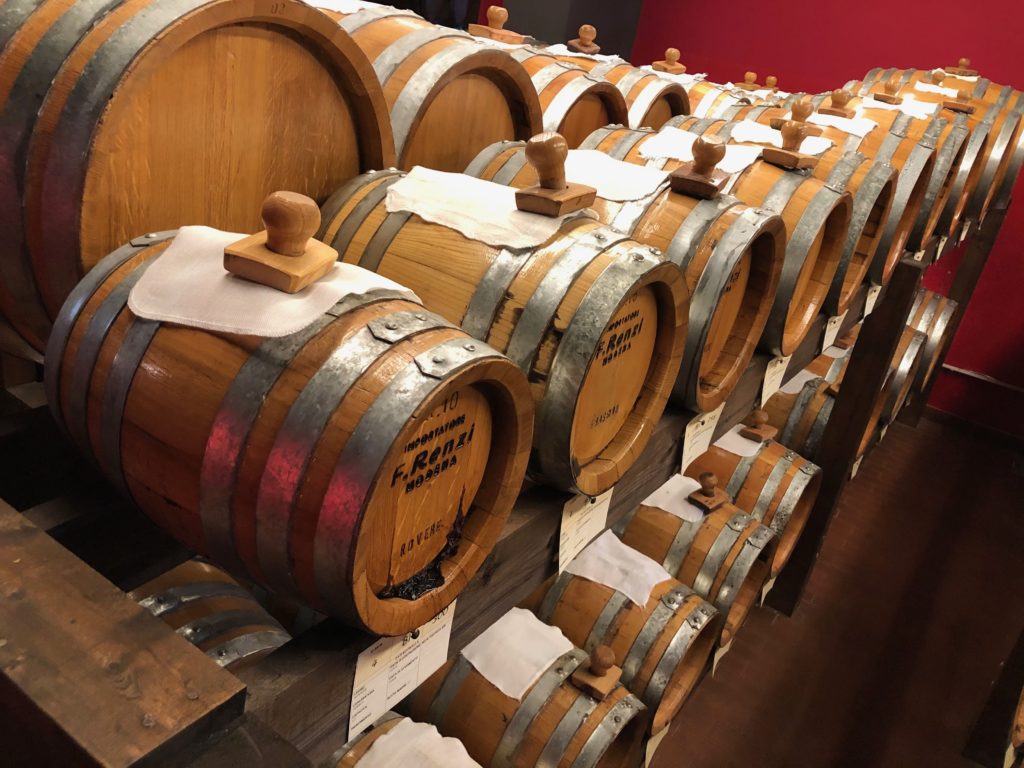
Botte Madre
Barrel with high capacity: 200 or 250 litres. In this barrel is placed the new cooked must first. Generally, it is made of oak or chestnut wood and it is responsible for the first transformations of cooked must.
Calastra
A wooden structure composed of shaped wooden beams on which the barrels that make up the entire battery are placed.
Camicia
It is the veil that leaves the Balsamic on the walls of the flask during the sensory examination. It is related to the density of the product.
Capruggine (croze)
It is a groove or circular groove made on the staves on the inside of the barrel in which the bottom will be fitted.
Cocchiume (bunghole)
A square hole with a size of a hand. It is indispensable for carrying out periodic internal inspections and cleaning operations, picking up decanting and tamping.
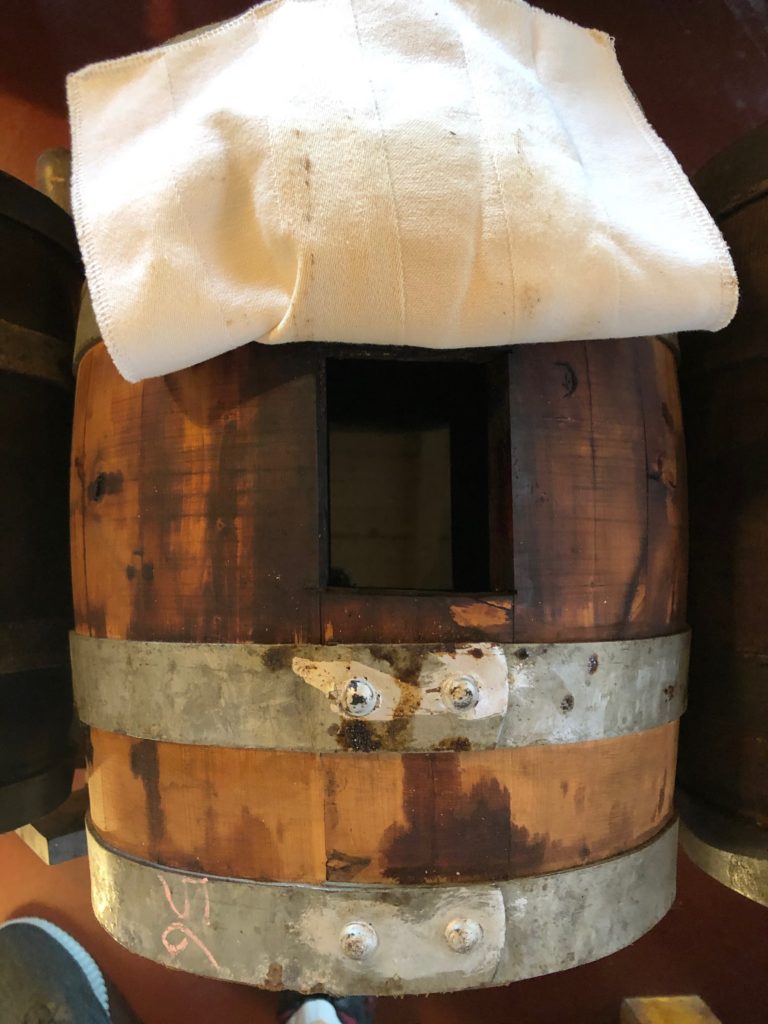
Balsamic Vinegars Glossary A to C.
If you have found the above information interested, we invite you to stay tuned to discover the continuation of this article: Glossary D-Z and more details about the Balsamic.
Greetings from Modena.
 Use Balsamic Vinegar All you need to know about Balsamic Vinegar of Modena
Use Balsamic Vinegar All you need to know about Balsamic Vinegar of Modena
